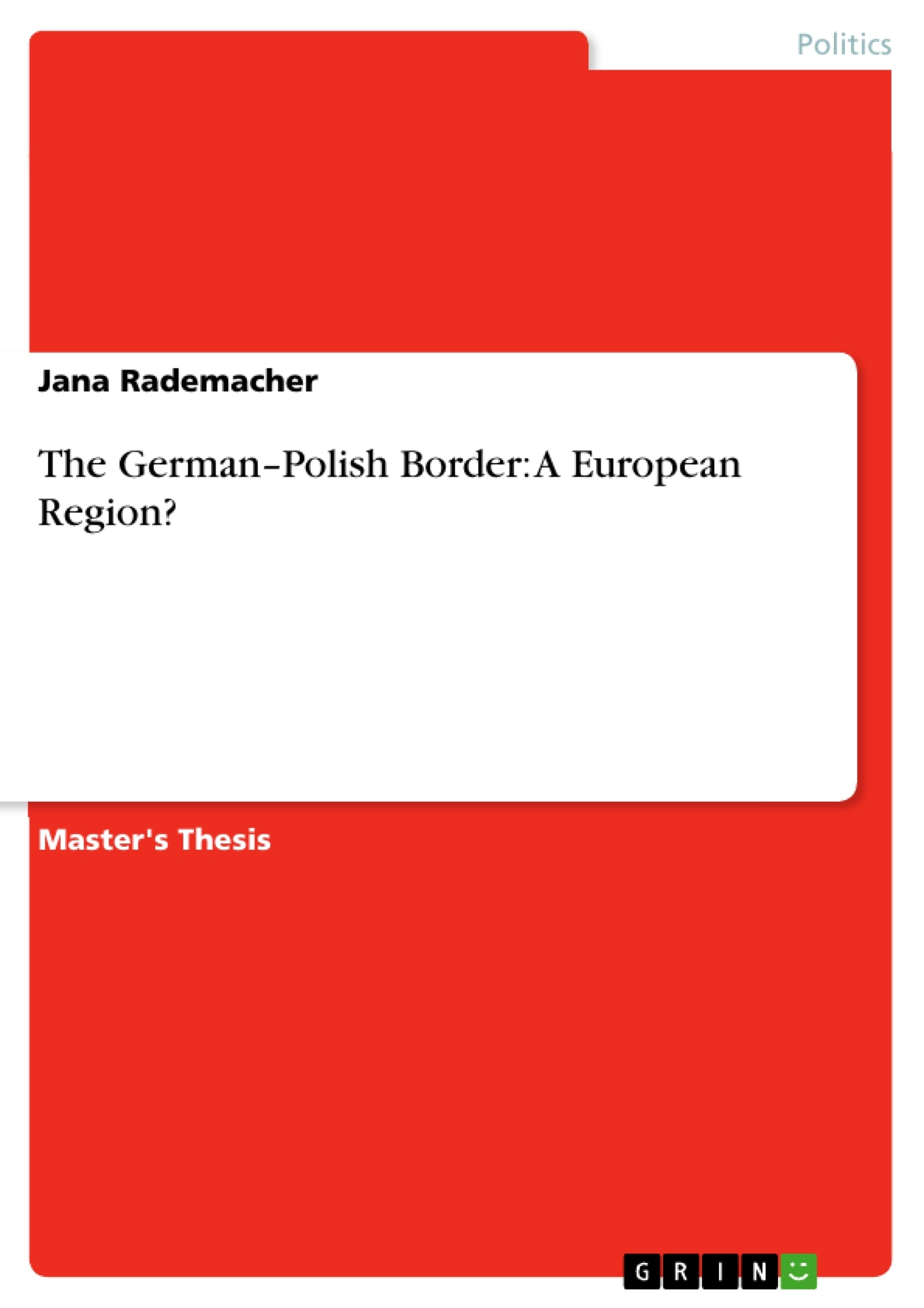The paper deals with the subject matter of the German–Polish border region and its implications for Poland’s integration into the European Union. The research question is: Is the German–Polish border region (along the River Oder) a European region? This also implies the question whether Poland is fully integrated into the European Union. To answer the question, this paper deals with the importance, which political and cultural relations with Germany have for Poland’s integration into the EU. The paper will attempt to demonstrate the connection between cultural exchange and political relations. In the course of the analysis the significance of stereotypes and prejudices formed by historical events and circumstances is being analised. The focus is on the endeavours undertaken by Polish and German governments, civil society organisations and cultural institutions to make a difference concerning the complicated historical and political situation regarding the EU enlargement and Poland’s accession.
Table of Content
1. Introduction
2. Historical overview of the German-Polish relations
3. The meaningof borders
3.1 Reconciliationand actual state of society
4. The Oder region and its society
4.1 Civil societies in Germany and Poland
5. Cultural cooperation
5.1 Büro Kopernikus
5.2 The Oder project
5.3 results and experience
6. The Oder - border river andcultural space
6.1 Space of remembrance
7. Benefits of regional cooperation and Regionalism
8. The EU enlargement and Europeanintegration
8.1 Commonground
8.2 Integrationprocess
9. Analysis of the EU integration process
9.1 Recommendations
10. Conclusion



